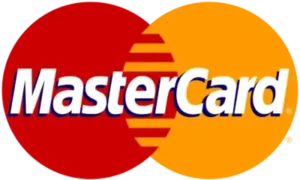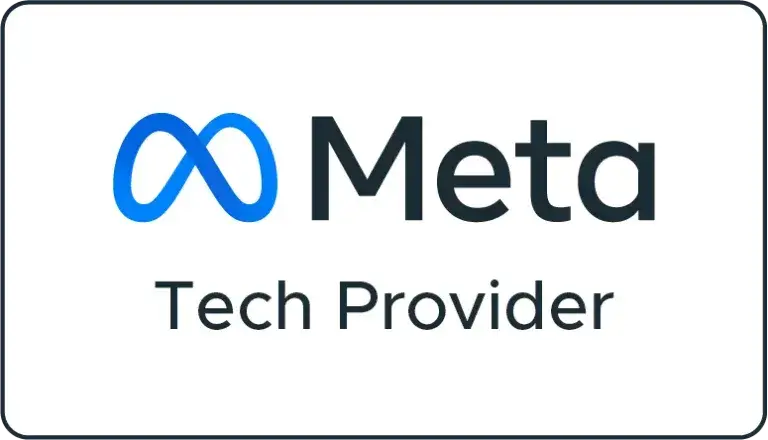Introduction
In this blog, We will explore how to do influencer marketing on a budget. In recent years, the digital landscape has given rise to influencer marketing — a marketing channel that enables businesses to scale their reach, boost brand visibility, and increase engagement. Influencer marketing can be a game-changer whether you’re a startup or a small business. This article will show you how to maximize your influence without maxing out your budget.
Why you should use influencer marketing
- Credibility: Because influencers maintain an online presence and interact with their followers, it demonstrates a level of authenticity that’s impossible for a brand.
- Highly targeted reach: In the marketing world, it is called “niche marketing.” Use influencers that are specific to your product/keyword.
- Affordable: This isn’t only for the difference between a television commercial and an Instagram post, but it also means keeping your marketing strategy simple and inexpensive.
Understanding influencer marketing
Influencer marketing is a rapidly evolving marketing channel that employs the exposure of well-known individuals to spread brands across various digital channels. What should you know before starting your Campaign?
- What is influencer marketing? – Besides being known and well-liked, people with substantial followings on social media who can sway consumers’ buying decisions are known as influencers.
Target audience: Social media platforms are dependent on them. - Why Influencer Marketing – Influencer marketing isn’t always the same as indirect advertising for a brand. It all depends on how you position yourself and your company.
What Influencer Marketing Is All About
Collaboration: People like to listen to other people; it’s a fact of human nature. Our consumers ask us for tips on which product or service to purchase.
Types of Influencers:
- Macro-Influencers: These personalities are famous, with a following of over 100,000 audiences. They are preferable for general brand awareness.
- Micro-Influencers: These influencers have a smaller following but are highly engaged, with between 10,000 and 100,000 followers. They maximize niche-specific reach and present authenticity.
- Nano-Influencers: These individuals have a couple of thousand followers but have hyper-local influence with solid community ties.
Campaign Goals:
- Brand Awareness
- Product Promotion
- Engagement
- Lead Generation
Choosing the Right Influencers:
- Relevance
- Audience Demographics
- Engagement Rate
Collaboration Strategies:
- Sponsored Posts
- Giveaways
- Affiliate Marketing
Measuring Success:
- Metrics
- ROI
How to Do Influencer Marketing on a Budget:

-
Setting Your Budget
Influencer marketing does not have to be expensive; here is how to spend your budget:
Assess Your Resources
- Financial Constraints
- Opportunity Costs
Budget Allocation
- Percentage of Revenue
- Fixed Amount
Cost-Effective Strategies
- Micro-Influencers
- Barter Deals
- Affiliate Programs
Negotiation Tips
- Be transparent: Clearly stating you’re on a budget will help identify feasible options.
- Flexible compensation: you may consider a flat fee instead of a commission and vice versa.
- Long-term partnerships: opting for a long-term relationship may come with a bargain.
- Track ROI: metrics are vital, including engagement (likes, comments, shares), website traffic, conversions, etc.
- Calculate ROI: compare the costs of the Campaign and the rewards, such as sales and advertising results. Budgeting tools include a spreadsheet or influencers platforms that feature influencers you can afford.
Identifying the right influencers.
The key to a successful approach is selecting the right influencers. Here’s how:
- Define your niche: consider your target audience and determine what will attract them. Could you use specific interests or information to reach your audience?
- Research the industry: the influencers who specialize in your field. The next step is to research on Instagram, YouTube, and Blogs. Influencer metrics should be based on the number of followers, interaction rate, and demographics’ genuineness. Finally, vet influencers by looking at the quality of the content and avoiding fake activity and followers. Suitable tools and partners include influencer databases, Instagram and YouTube analytics, and social media insights. You can reach influencers via direct messaging and influencer platforms.
- Select budget-friendly options:
- Micro-Influencers: these influencers have targeted reach and charge lower rates.
- Nano-Influencers: target lower reach local influencers.
- Build relationships
- Long-term partners: create partnerships in the long term.
- Mutual benefit: ensure a mutual benefit with an influencer before the Collaboration. Communicate how you working together is beneficial for both parties.
putting an influencer campaign into action.
- Analytics Tools: Use platform-specific analytics (e.g., Instagram Insights, YouTube Analytics)
- KPIs: Monitor engagement, clicks, and conversion rates
Adjust Strategy: Based on performance data, refine your approach.
Negotiation strategies with influencers.

Negotiation is essential in influencer marketing, mainly when working on a limited budget. Here are some techniques to make the Collaboration a win-win scenario:
Transparency and Communication:
- Set Expectations: Discuss your goals for the Campaign, deliverables, and pay.
- Flexibility: Establish some flexibility when it comes to pay and campaign development.
Compensation Models. - Flat Fee: Pay the influencer a set rate for using their services.
- Employees: Offer your product in exchange for a shoutout.
- Affiliate Commissions: Pay influencers a set fee for each purchase made through affiliate connections.Value Proposition.
- Highlight the Benefits: Make them understand it will be worth working with you.
- Long-Term Collaboration: keep it open so that you can partner in more campaigns.
- Exposure: Let them know how many views their content may probably gain.Budget-Friendly Approaches
- Bundle offers: Offer a discounted charge if the influencer collaborates with three or more others in the project.
- Trial Period: Start small and explore the value the influencer could add to your product.
- Performance-Based Bonuses: Offer bonuses if the objectives are surpassed.Contract Clarity
- Terms and Conditions: Ensure the contract is straightforward and contains the payment method, deadline, duration, and deliverables.
- Rights and Usage: Specify how you may utilize any material the influencer produces.Building Relationships
- Personalize: Share your thoughts about the influencer’s past work.
- Feedback Loop: Send an email telling them their strong points and how they could work on the weak ones.
Thank You: Give them a shoutout on your socials and thank them for agreeing to be part of the Campaign.
Track ROI.
- Monitor Performance: Regularly review the campaign performance.
- Adjust Strategy: tweak for future campaigns.
Measuring ROI and Tracking Results:
As with most marketing efforts, influencer campaigns should be calculated according to their results to tweak approaches and allocate budget expenditures. The results may be tracked with a variety of metrics:
Key Performance Indicators :
- Engagement Metrics: likes and comments, shares and saves, etc. Website Traffic: referral traffic, conversion rate, brand mentions, etc. Attribution: unique URLs or promo codes for tracking, UTM parameters, conversion pixels, etc.
- Performance Reports: influencers should conduct the reports regularly, and the users should analyze the data, comparing it to the goals and adjusting the strategies, including international approaches, A/B testing, budget re-allocation, and being mindful of the long-term impacts of such strategies, such as brand perception and customer LTV. Learning learn from case studies and successful examples in the in is also recommended in this industry.
Conclusion
Influencer marketing is not exclusive to big corporations with giant marketing budgets. A small business or a startup like you can utilize influencer power strategically and affordably. Let’s recap our learning journey!
Start with the Why — first, when considering influencer marketing, understand the reasoning behind it for your brand. Is it brand awareness, product distribution, or enhancement? Align the objectives based on your available budget.
- Budget Allocation — determine the budget allowance and divide it among influencer-based campaigns. This visualization will show that even a tiny budget can produce excellent outcomes.
- Influencer Choice — remember to choose the right person for your Campaign. More followers do not mean higher engagement. Typically, micro or nano-influencers perform best because they are authentic and closer to their target audience.
- Creative Campaign — work closely with the influencer to ensure creativity in the content. Storytelling, user-generated content, and challenges are anything that active participation.
- Negotiation — be clear about your financial plan. Explore various ways of payment and extend an agreement for continued cooperation.
- Measure & Adapt — use smart KPIs to track them and adjust your strategies according to the data. Influencer marketing is a dynamic process. Learn from other people’s experiences; a case study of success stories is a powerful instrument. Adjust the strategies demonstrated to fit your character. Influence is not about numbers; it’s about meaningful results. Find an ice cream shop, an environmentally friendly shop, or a meditation program; careful selection of influencer collaboration can spread our information.
Lastly, I am happy to experiment, learn, and optimize your initiatives. I hope your brand advances significantly and your website naturally climbs on Google. Thank you for joining the influencer marketing adventure. We are always ready to help you if you have any questions. I wish you success in your marketing!














